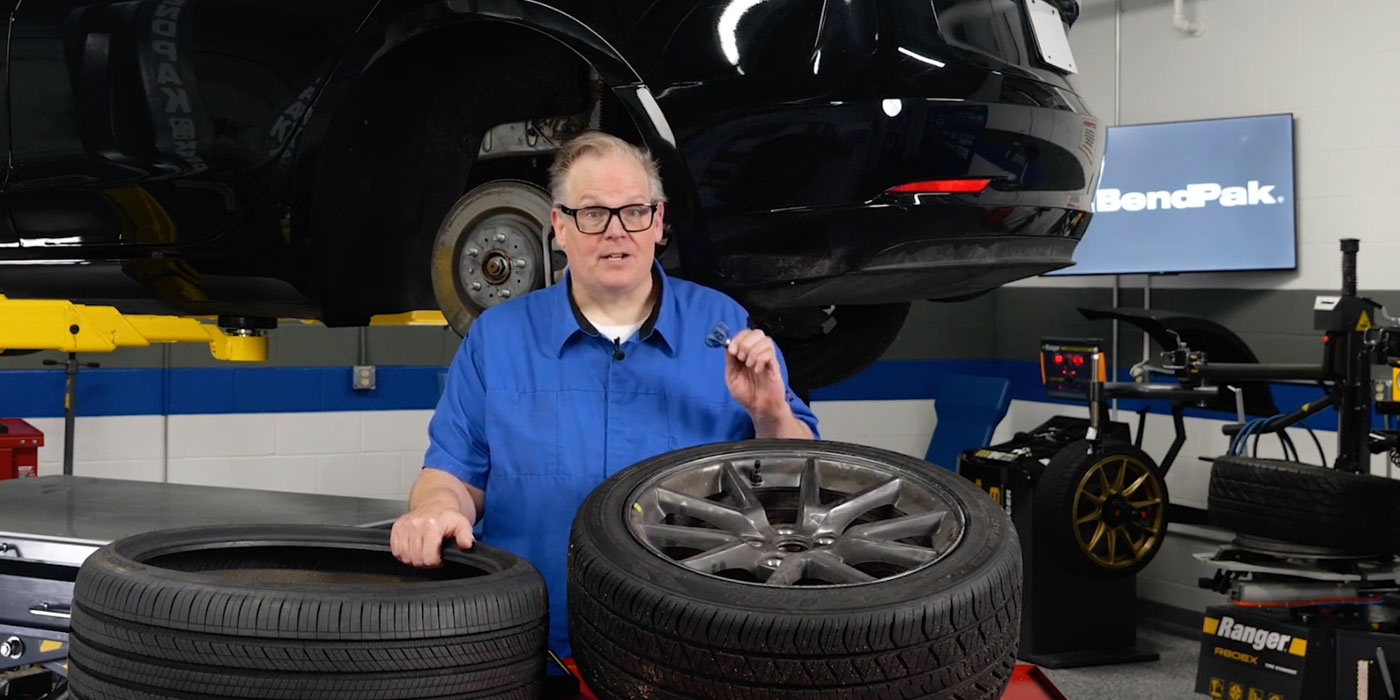An engine-oil leak is tangible evidence that your vehicle needs some attention.
Often, an oil leak is simply the result of an oil seal that’s failing. As a vehicle ages, engine seals harden and shrink from the plasticizers being removed over time. Oil seals also can leak due to the vehicle being stored for an extended period of time, because those seals can shrink and crack as the vehicle sits in storage.
There are a few other potential causes that aren’t the fault of a seal or gasket.
An oil leak can occur if the oil level is too high, or if the PCV system isn’t functioning properly. The PCV system prevents pressure from building up inside the engine and if it fails, the pressure will cause the oil to leak. To prevent this problem, it’s a good idea to clean or replace the PCV valve regularly.
If your customer suspects they have an oil leak, they don’t need to panic, and it doesn’t necessarily mean they’re facing a huge repair bill. A single application of Oil Seal Engine Oil Burning & Leak Repair from Bar’s Leaks can revitalize worn engine seals and gaskets to restore them to like-new performance.
This video is sponsored by Bar’s Leaks.













